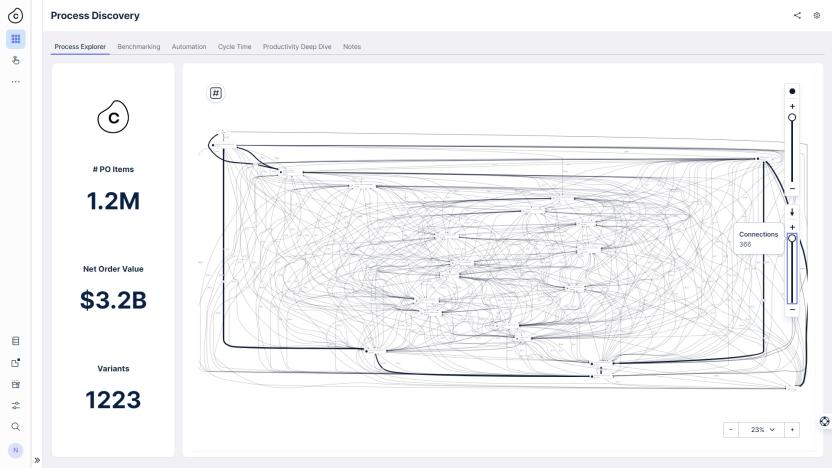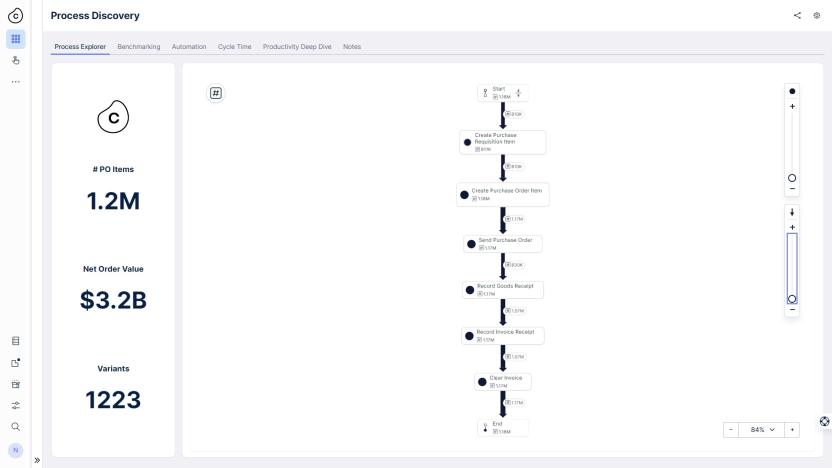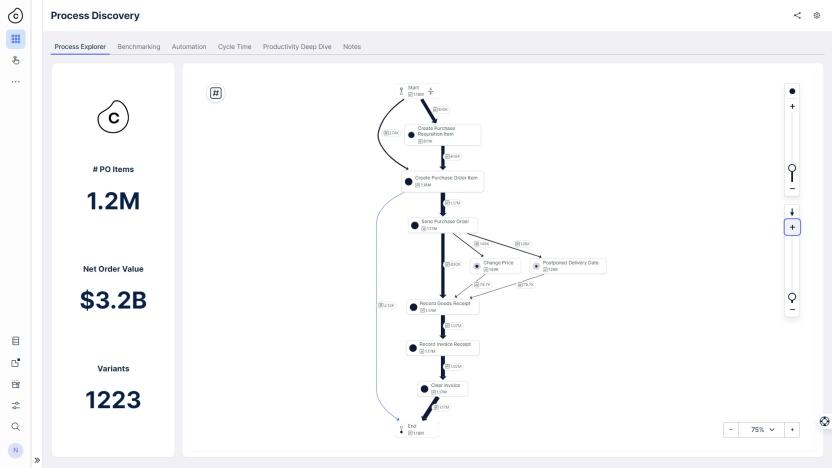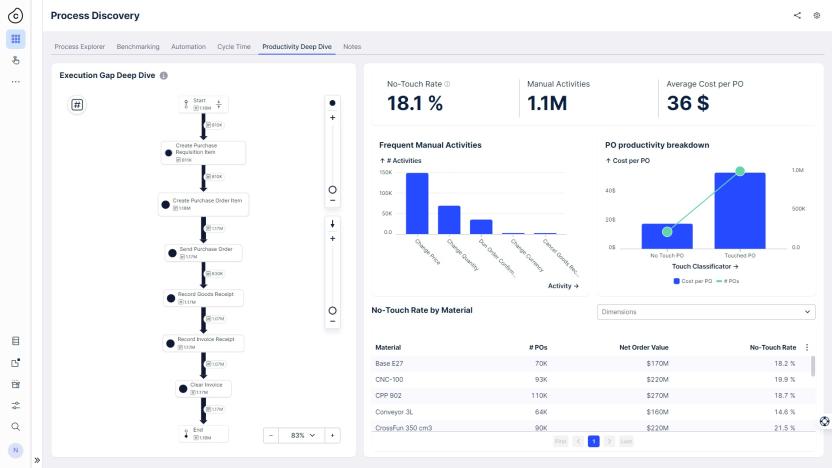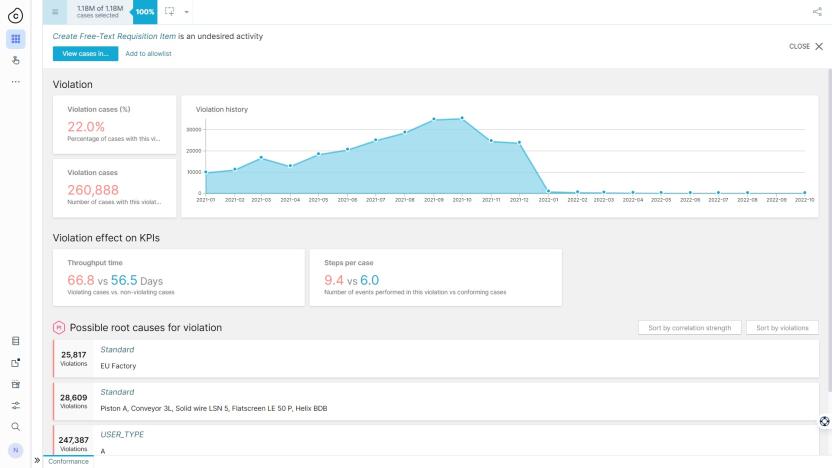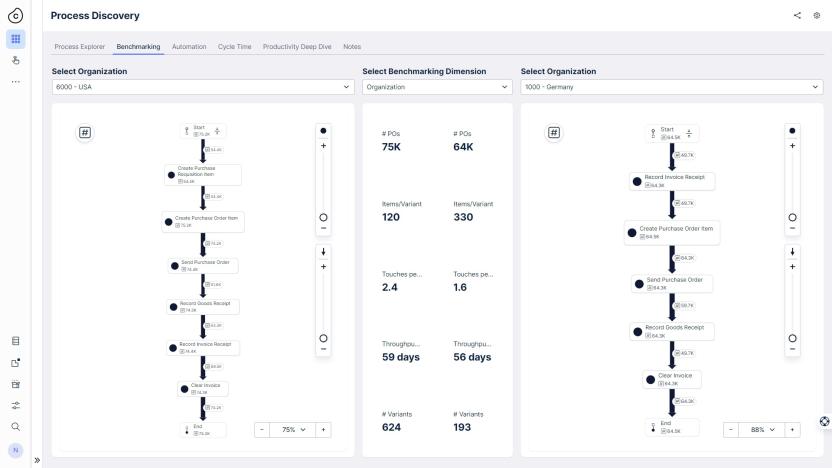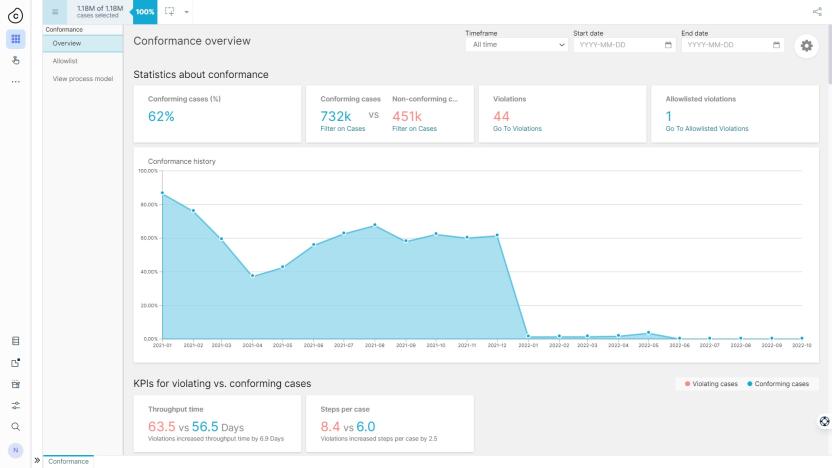How Does Process Mining Work?
Business processes are the lifeblood of your company. There’s a process behind everything your organization does: buying, selling, paying, collecting, shipping, and so on. When these processes run better, your business runs better. This is where process mining jumps in!
Start for free
Why companies need process mining
Industry leaders are realizing that superior processes are a competitive differentiator. So it’s no surprise that investments in process improvement tools and initiatives are skyrocketing. This is especially true for process mining technology, which has grown from a $90 million market in 2018 to a $340 million one in 2020, according to the Everest Group.
Process mining creates an “MRI” of a business process that helps you gain visibility and uncover value opportunities hiding within core operations. Celonis process mining® has quickly become the backbone of many companies’ efforts to streamline and optimize processes.
But how does process mining work?
Since the rise of databases and transactional systems like ERPs, companies have invested in digitizing processes and optimizing them to run more efficiently.
In most cases, companies have outlined the way that these processes should run in an ideal world. But the way they actually run in the real world... can be a very different story.
The problem is many organizations aren’t able to see and understand what’s happening in these processes on a day-to-day basis, so they can’t identify the difference between the process “as is” and “as expected.”
And as they say, you can’t fix what you can’t see.

Process mining step-by-step
The next step: how to move from process mining to action
Now that you know how Celonis process mining® works, it’s time to move from simply understanding processes to improving them.
Once you’ve used process mining to gain visibility into a process, you can start to ask questions like:
Where do we need to change activities or steps?
Which activities could potentially be automated?
How do we need to redesign the process?
Which actions will drive better outcomes?
You’ll get the most value out of Celonis process mining® by using it as part of a larger set of tools and initiatives for improving overall business execution.
Measures of process efficiency:
Reduce cycle time
Reduce the total amount of time it takes to complete a process
Cut cost
Lower the costs required to operate the process
Minimize waste
Reduce the amount of resources consumed by the process
Improve quality
Increase the total value delivered by a process
Ways to change processes:
Standardization
Reduce variations to ensure that processes are being executed in the same way across the organization
Streamlining
Reduce the number and complexity of the steps in a process
Optimization
Adjust the process to optimize it for a certain KPI
Automation
Reduce the amount of human effort by automating steps and actions within a process workflow
Ready to get started with Celonis process mining®? Start with the Celonis free plan.


